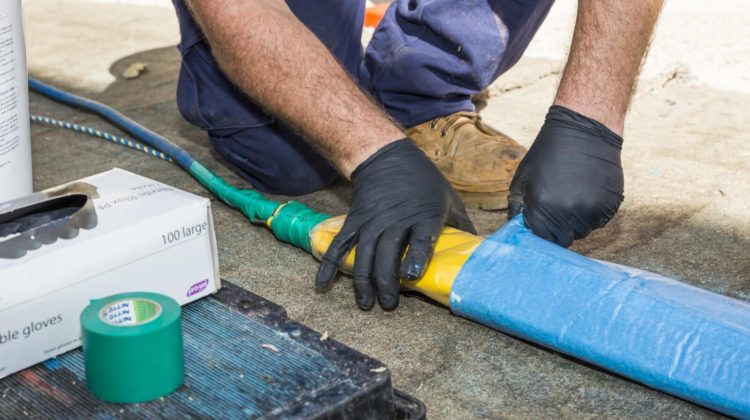
Drain relining is a process that can be used to fix leaking pipes in your home. This can be a very effective way of making sure that you’re not wasting water and causing any damage to your property. To know more you could check here. It’s also less expensive than having the entire pipe replaced, which could cost thousands of dollars! In this post, we will discuss what drain lining is and how it works.
What Is Drain Lining?
- Drain lining is a process that can be used to fix leaking pipes in your home. This can be a very effective way of making sure you’re not wasting water and causing any damage to your property. It’s also less expensive than having the entire pipe replaced, which could cost thousands of dollars! In this post we will discuss what drain lining is and how long it lasts for – so keep reading.
- Drain relining involves installing flexible membrane materials over an existing pipeline or drainage system to stop leakage from occurring again. The material resembles felt paper or plastic liner sheeting with adhesive backing on one side but may have other features such as slots for cables if they are installed at the same time.
- The material is then installed over the pipeline and a slight vacuum is created to make it adhere. This can be achieved with either an air or water pressure blower, depending on what type of installation you are undertaking.
- Drain relining typically lasts for between five and ten years – so if you’re experiencing problems but don’t want to spend thousands of dollars on pipe replacement this could be your answer.
How Does It Work?
- Drain lining is a method for repairing leaking pipelines that cannot be otherwise repaired. The process involved the installation of an expandable or fabric-type material inside the pipe which provides a permanent seal, as opposed to patching and grouting methods. Drain relining is successful about 85% of the time with less than five per cent leakage over ten years.
- The drain liner adhesive has no solvents and when cured it behaves like rubber and can stretch up to 500%. It is also resistant to ultraviolet rays so does not lose strength even after prolonged exposure to direct sunlight (it will eventually break down). This makes it perfect for high-pressure applications such as storm sewers where there are often large amounts of water in contact with the linings.
- The drain liner is installed through access openings in the manhole cover or in a cleanout opening. Once inserted, it can be cut to length with metal scissors and overlaps by about 15-20% on each side of the pipe circumference. A sealant (epoxy resin) is then applied over all seams for additional protection against leakage. The process takes just 20 minutes and there are no holes left after installation because nothing has been removed from inside the pipe during its construction.
- Partial content: Multiple types of products exist that provide an alternative solution without having to replace pipes entirely… One type is called “drain relining”. Drain lining involves installing a material inside existing drains which provides a permanent seal as opposed to a temporary “band-aid” fix. Drain relining is a form of pipelining that doesn’t require digging or cutting into pipes to installing it, and can be installed as quickly as 20 minutes.

